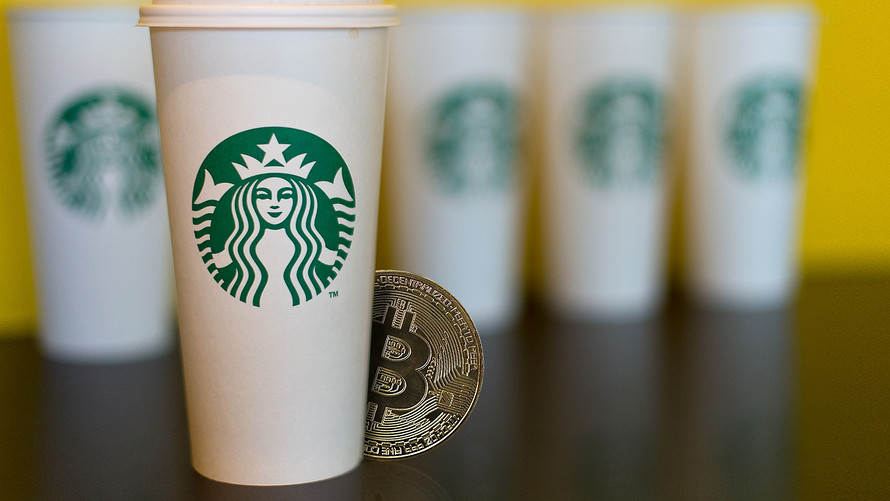How to value cryptocurrencies—
in theory, anyway

Buy, sell, or hold? Those are the eternal questions confronting traders, and they are particularly urgent in volatile crypto markets.
There are a number of ways that analysts are trying to apply something resembling financial analysis to these newfangled digital assets, in hopes of arriving at recommendations for when to load up and when to stay away. Here are some of the signals they use to measure what cryptocurrencies are worth—in theory, anyway.
A “P/E ratio” for crypto coins
A popular way to value a company’s stock is to look at the ratio of its share price to the firm’s per-share earnings—essentially, how much investors are willing to pay for each dollar of earnings. A high P/E ratio means that the market expects a lot of future growth (or might be getting ahead of itself), while a low number may suggest an undervalued opportunity (or a no-hoper).
In crypto, the network-value to transactions ratio (NVT) is considered the analog. If a cryptocurrency is a medium of exchange, then it should be priced according to the amount of value its users are transacting. Willy Woo, who came up with the idea, has a NVT ratio tracker for bitcoin. (It currently suggests that the market is pretty frothy.) His website also tracks a slightly modified version called the NVT signal, which quite accurately called the rally that took bitcoin to nearly $20,000. (It also suggests that buying bitcoin might not be a great idea right now.)
More buzz = lower price?
Whereas most sentiment analysis suggests more hype translates into higher prices, two researchers at Western University in Canada, Sha Wang and Jean-Philippe Vergne, found that increased public interest, captured through Bing search volumes and Alexa web traffic rankings, resulted in negative returns for a basket of cryptocurrencies. They think rising search interest signals coming volatility to existing holders, who dump their holdings as the buzz gets louder. And researchers at ETH Zurich found that particularly steep spikes in Google searches were usually associated with negative events, like hacks, so were a leading indicator of price drops.
That said, Ladislav Kristoufek of Charles University in Prague has been applying sentiment analysis to bitcoin prices since 2013. He fleshed out his model in 2015 and found (in retrospect) that the trends in search interest on Google amplified both rallies and crashes, but the precise effect varied over time and depended on the stage of the cycle.
Look to the money launderers
An anonymous financial analyst in London devised a model, shared with the Financial Times, that valued bitcoin based on the prevalence of money laundering. The more money is being laundered globally, as measured by a regular report compiled by a Swiss governance watchdog, the more useful a stateless, decentralized means of exchange like bitcoin should be. The model indicated that the second half of 2016 was a “major valuation bubble.” Given that bitcoin was rising from around $600 to $1,000 at the time—only to nearly hit $20,000 by the end of 2017—that model didn’t send a particularly timely signal.
The network effect
Tom Lee of the research house Fundstrat uses a model based on Metcalfe’s Law, an equation that describes how a telecommunications network accrues a disproportionately greater value as it adds more members. Metcalfe’s Law can be easily illustrated with the example of fax machines: They were useless on their own, but useful when everybody got one. Lee has a $20,000 price call for bitcoin by mid-2018, based on estimates gleaned from the blockchain about the number of bitcoin users and per-user trading volumes.
No analysis necessary: Just buy and hodl
But why bother with all that boring math? If bitcoin becomes the world’s “single currency,” as Twitter and Square founder Jack Dorsey believes it will, then there’s a simple formula to profit from that. Invest up to 1% of your net worth in bitcoin, leave it alone for at least five years, and then, hopefully, profit. That’s the prescription of the fintech entrepreneur and PayPal board member Wences Casares, who is sometimes considered the “patient zero” of the crypto craze among the technology elite.
Original Post




